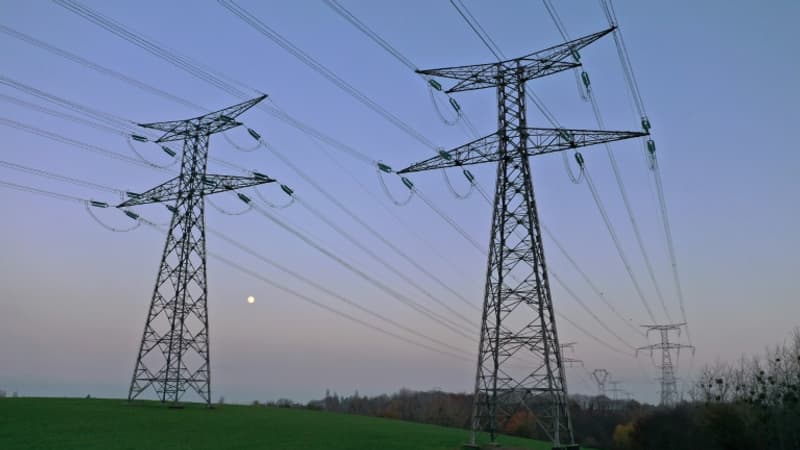Will there be enough electricity for everyone? In France, the consumption of electrons will increase much faster than previously expected to meet European climate objectives and the challenges of reindustrialization, estimates the manager of the high-voltage network RTE in a report published this Wednesday. This acceleration in consumption will force the country to double its renewable energy production by 2035, underlines RTE in this prospective analysis that should guide the public debate before the presentation in the coming months of the country’s energy strategy by the Government.
The manager expects annual electricity consumption to rise sharply, between 580 and 640 terawatt hours in 2035, while in 2021 it still had a consumption of 540 TWh in the so-called medium reference scenario, and 585 TWh in the event of “reindustrialization”. deep”. ” of the country. In 2022, the French consumed 460 TWh of electricity.
An urgent and massive need in factories instead of gas and coal
The new forecasts incorporate the shocks that have occurred in the last two years: the publication of the European program “Fit for 55” which reinforces the obligations of European countries to reduce CO2 emissions (-55% compared to 1990) and the war in Ukraine . This has highlighted the need for industrial sovereignty and the relocation of production to be carried out in parallel with the decarbonisation of these activities. Clearly an urgent and massive need for electricity in factories to replace gas and coal.
In fact, primary industries such as the steel, fertilizer, cement or even chemical industries, supported by public recovery plans, are announcing decarbonization investments that imply a massive use of electricity. This is to offset the planned move away from gas and coal to achieve the climate goals of the Paris agreement (COP21).
Focus on the development of renewable energies
Consequently, the growth of electricity consumption in France should exceed 10 TWh per year during the 2025-2035 decade, a rate that “has not been reached since the 1980s”, RTE estimates in its report. This rate of growth “highlights the magnitude of the challenge facing the electricity system,” insists RTE. We will need to quickly produce more low-carbon electricity even though the new nuclear reactors announced by the government will not see the light of day before 2035. 650 TWh or even more to cover the top of the range of electricity consumption prospects, it seems ambitious (…) but feasible”, says RTE.
In fact, this will lead the country to produce “more renewable energy and faster in the coming years”, summarizes Xavier Piechaczyk, president of RTE. With the goal of reaching at least 250 TWh in 2035, compared to the current 120 TWh, that is, doubling production, the report indicates.
Sobriety ‘no longer an option’
Finally, beyond 2035, the renewal of the nuclear park by EPR2 “may make it possible to continue the growth of production” of low-carbon electricity. To complete the energy equation, “we need efficiency, sobriety, the most available nuclear production possible and many additional renewable energies,” adds Xavier Piechaczyk.
Sobriety, and all forms of energy saving, presented as an option in the previous 2021 report, “is no longer an option, this is the new thing,” he adds. “Our targets are getting closer and closer, so we have to act very quickly,” adds Thomas Veyrenc, CEO of RTE. According to him, “targeting less than 250 Twh of renewables in 2035 would be taking a big risk on the medium-term (climate) trajectory.”
Source: BFM TV


